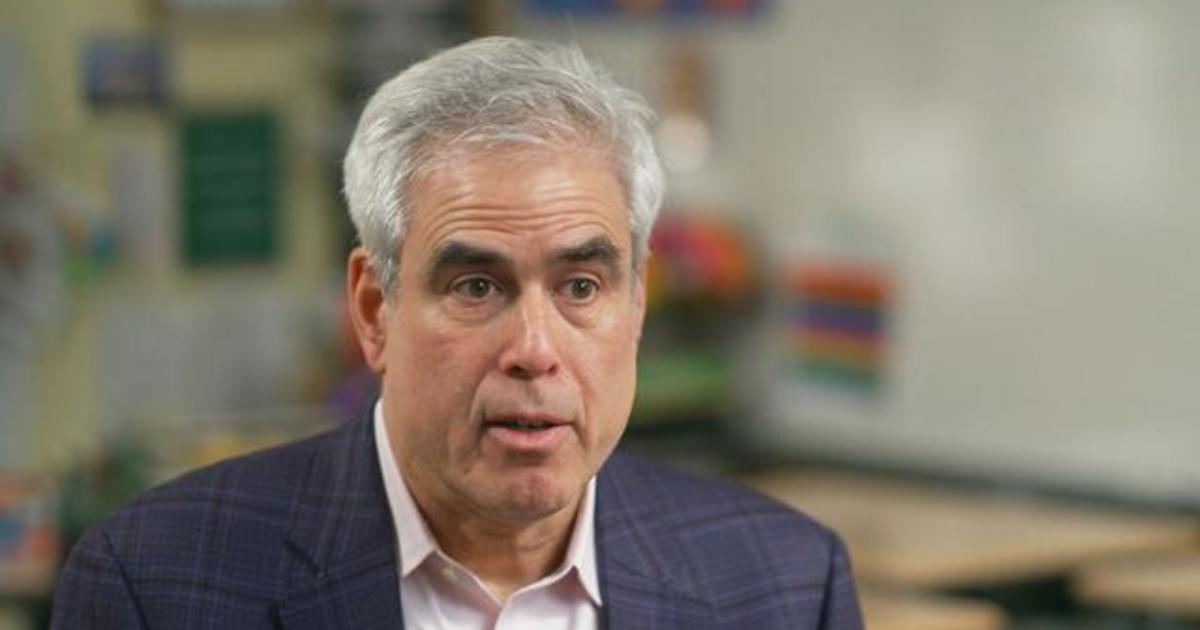SALT LAKE CITY — A brand new 72-megawatt photo voltaic farm on Navajo Nation land in southeastern Utah — large enough to energy 36,000 houses — now has long-term federal financing to cowl the price of the challenge.
U.S. Division of Agriculture Rural Improvement Utah introduced this week it’s placing up $76.5 million to assist with prices of the Crimson Mesa Tapaha Photo voltaic Farm, which was inaugurated in August. Lack of connectivity to the ability grid is an enormous concern within the Navajo Nation, although among the energy generated on the new facility is being bought to prospects off the reservation.
“It is absolutely operational. It is working as anticipated and because it ought to,” mentioned Arash Moalemi, deputy normal supervisor of the Navajo Tribal Utility Authority owned and operated by the Navajo Nation. He mentioned the federal cash shall be used to basically refinance short-term financing from the Nationwide Rural Utilities Cooperative Finance Corp. used to construct the Crimson Mesa facility.
Financing particulars apart, the creation of the photo voltaic farm — which serves energy prospects in Utah and California in addition to Navajo Nation residents — is critical. Vitality gross sales create a income supply for the nonprofit utility, doubtlessly permitting it to subsidize Navajo Nation residents’ energy charges and prolong the grid on the reservation to extra houses. Proceeds from the challenge will even be used within the Crimson Mesa neighborhood for 50 scholarships and 25 paid internships.
“This can be a actually huge deal,” Moalemi mentioned. Because it stands, the Navajo Tribal Utility Authority supplies energy to 40,000 houses on the Navajo Nation, which covers parts of southeast Utah, northeast Arizona and northwestern New Mexico, the place the three states meet. Nonetheless, Maolemi mentioned, 14,000 Navajo Nation houses nonetheless lack connection to the grid and depend on different sources for energy.
“Tribal lands are sometimes in distant areas and unable to simply connect with a grid,” Michele Weaver, USDA Rural Improvement Utah director, mentioned in an announcement. She mentioned the announcement of the refinancing “reinforces President (Joe) Biden’s dedication to equal alternative and help for underserved communities by the federal authorities.”
The Crimson Mesa Tapaha Photo voltaic Farm sits on 500 acres within the Utah portion of the Navajo Nation, with 66 megawatts of its 72-megawatt capability going to paying energy prospects in California and Utah. The remaining six megawatts will assist energy houses in three Navajo Nation chapters.
The Navajo Tribal Utility Authority additionally operates the Kayenta Photo voltaic Farm on the Arizona portion of the Navajo Nation, which generates 55 megawatts of energy. A 3rd photo voltaic facility is proposed south of Cameron on the Arizona aspect of the Navajo Nation.
Individually, the U.S. Division of Vitality introduced in late February it had preliminarily earmarked $8 million to attach 300 houses within the Navajo Nation and Hopi Reservation to off-grid photo voltaic power entry. The funds would go to Flagstaff, Arizona-based Native Renewables, a nonprofit entity that can use the cash to put in stand-alone solar-power producing techniques at houses within the space.
Householders missing a connection to the ability grid within the Navajo Nation usually faucet gas-fueled mills, flashlights and kerosene lamps to fill the void.
#Navajo #Nation #photo voltaic #energy #plant #meant #electrification #federal #financing
Read more on KSL




GIPHY App Key not set. Please check settings